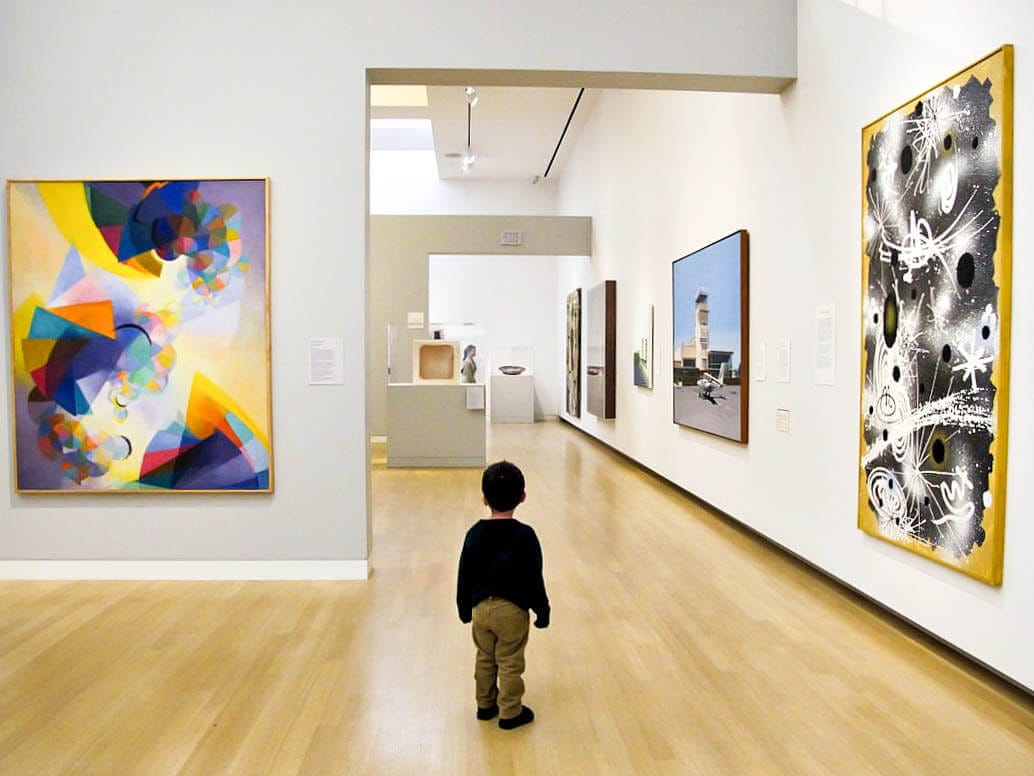Here’s a Thought
Actually, it’s more appropriate to call it a thought experiment. It explores the notion of a pro-active initiative against the tragically bifurcated character of the American body politic. Its quest would be to create a progressive counter weight to the culture (and public policy) war being waged by the political right. It would be rooted in the spirit of a ‘do-something’ impulse. This vision aims to renew momentum for the kind of intellectual sense of wonder that was so elemental to the social, cultural, political, and ethical progress that notably marked American self-ideation in the post WWII era. It’s not a magic bullet for ridding us of the malign neo-fascistic forces that have turned our country away from that more enlightened period of our history. It does, though, address a commonly held notion about where anger and resentment in our country tends to aggregate, that is in our smaller cities and more rural zones (communities largely set apart from our watery margins). Even if it’s not a panacea, it seems possible that it could bring about a decisive inflection point in the trend of our national attitude. Its most impactful outcome could be fostering and sustaining a widespread coalescing towards reason, comity and a reawakening of the value of diversity of thought.
So what is the strategy based on? The power of art, specifically contemporary art. As a practicing artist I have a deep affiliation with contemporary art, but I don’t believe that this necessarily sets me apart from the values of people living in America’s less urban regions. I was born in ultra-red Oklahoma, and from that fact alone (and the many open-minded folks I know that still live there, and in other locales with congruent political tilts), I know that geography alone does not confer political perspective. An appeal of the urban environment is the extent to which cultural institutions tend to aggregate within them, particularly with venues that prominently feature more modern artistic expression. Common sense observation seems to affirm that people (younger ones in particular) can’t benefit from the creative energy of contemporary art (not to mention the mind-opening models of thought and opportunities for ‘wonder’ they impart) if they rarely, if ever, come in to physical contact with examples of it.
On the other hand, what might be the effect of bringing thoughtfully curated contemporary artistic expression to communities that are largely omitted from inclusion in the aesthetic discourse that they present ? The answer, quite possibly, could be transformative. By definition the best effect of art is to lift the spirits, and open the hearts and minds of those in its presence. Contemporary art in particular avails greater mind opening outcomes because what distinguishes so much of its intent is how it pushes (even sunders) boundaries in the quest for aesthetic synthesis and innovative experience. If there is anything that could unlock the anxieties and fears that grip many culturally siloed (reactionary and anti-progressive) communities, it could be making high quality contemporary art more reliably present in their lives.
How to do this:
To actually make a difference in America by expanding hearts and minds through exposure to contemporary art, it will take a big commitment of funds, talent and effort. The scope of it would be akin to a cultural Marshall plan for America’s smaller urban and rural communities. It would entail the implementation of an artistic cultural outreach that extends throughout our nation, one with an unabashedly broad agenda. To fulfill the scope required to make a difference, a minimum of one art center per state is necessitated (and ideally quite a few more than that).
In contemplating the creation of a network of contemporary community art centers throughout America, I’ve given a lot of thought regarding how they might be developed, funded, managed and sustained.That said, those details though seem best suited for a more granular discussion of the practicalities of realizing this prospective tonic for many of our body politic’s dysfunctions.
Many decades ago I worked in a regional contemporary art center in Oklahoma. Despite its meager funding and limited programming, even at that moment in time it presented a dynamic, stimulating and divergent environment and set of experiences for its community. In contemplating a national project that would decisively attempt to bring high quality contemporary art encounters to similarly underserved groups, the possibilities seem open-ended. Most importantly, the community cohering spirit that could come from having public art centers that earnestly seek to serve and enlighten (which spawn a transition towards tolerance, critical thinking and intellectual curiosity), well that is what inspired this ‘thought experiment’.
It’s just a thought, but the possible benefits seem vast, and if you really think about it, strikingly easy to implement. What far-sighted major philanthropic organization in the arts (or, better, the one enlightened billionaire) wouldn’t want to consider the immense good that they might single-handedly help spawn in many of the estranged communities within our divided country? The example that such a program could set for our nation, not to mention the world as whole (another positive part of America’s legacy that has lamentably been absent from our recent past) could be ‘re-definitional.’

